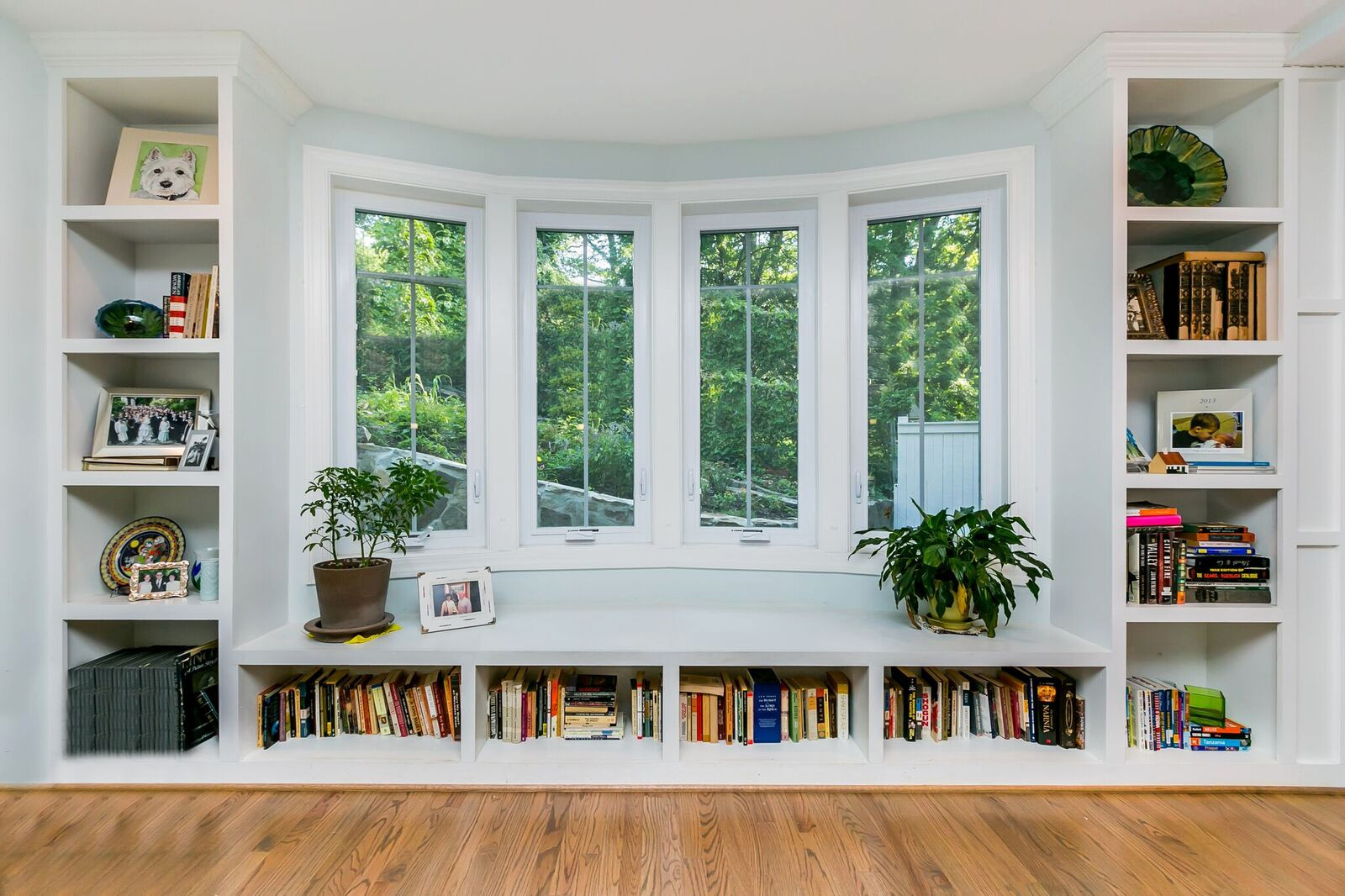Bay window plant ideas offer a unique opportunity to transform your home into a vibrant and inviting oasis. Whether you’re a seasoned plant enthusiast or a novice gardener, this guide will provide you with everything you need to know to create a thriving indoor garden that complements your bay window’s natural light and architectural charm.
From selecting the perfect plants to arranging them for maximum impact, we’ll explore the essential elements of bay window plant design. We’ll also cover the care and maintenance tips you need to keep your plants healthy and flourishing.
Plant Selection Ideas

When selecting plants for bay windows, consider the unique light conditions, temperature, and humidity levels. Choose plants that thrive in bright, indirect light and can tolerate fluctuations in temperature and humidity. Here are some plant types to consider:
Flowering Plants
- African violets: These compact plants produce a profusion of small, colorful flowers in shades of purple, pink, white, and blue. They prefer bright, indirect light and evenly moist soil.
- Begonias: Begonias come in a wide variety of shapes and sizes, with some species producing showy flowers in vibrant colors. They prefer bright, indirect light and consistently moist soil.
- Orchids: Orchids are exotic plants that add a touch of elegance to any space. They prefer bright, indirect light and high humidity. Many species bloom for several months, producing stunning flowers in a variety of colors.
Foliage Plants
- Ferns: Ferns add a touch of greenery and texture to bay windows. They prefer bright, indirect light and consistently moist soil. Some popular fern species for bay windows include maidenhair ferns, Boston ferns, and bird’s nest ferns.
- Peace lilies: Peace lilies are known for their air-purifying abilities and elegant foliage. They prefer bright, indirect light and can tolerate periods of drought.
- Snake plants: Snake plants are low-maintenance plants that tolerate a wide range of light conditions and infrequent watering. They are known for their upright, sword-shaped leaves.
Succulents
- Echeverias: Echeverias are small, rosette-forming succulents with colorful, fleshy leaves. They prefer bright, indirect light and well-draining soil.
- Haworthias: Haworthias are small, slow-growing succulents with distinctive, striped or textured leaves. They prefer bright, indirect light and well-draining soil.
- Sedums: Sedums are a diverse group of succulents that include both upright and trailing varieties. They prefer bright, indirect light and well-draining soil.
Design and Arrangement

Creating visually appealing arrangements in bay windows requires careful consideration of plant height, shape, and color. Optimizing space and maximizing natural light exposure are also crucial factors. Trellises, hanging baskets, and other decorative elements can enhance the overall design.
Plant Height and Shape
Varying plant heights adds depth and interest to bay window arrangements. Taller plants can be placed in the center or corners, while shorter plants fill in the foreground. Consider the shape of the plants as well. Round or bushy plants create a softer look, while upright or cascading plants add a more structured touch.
Color and Texture, Bay window plant ideas
Choose plants with foliage and blooms in a range of colors and textures to create a dynamic display. Contrasting colors, such as bright greens and deep reds, can create a striking effect. Incorporate plants with different leaf textures, such as velvety, glossy, or variegated, to add visual interest.
Space Optimization
To maximize space in bay windows, consider using hanging baskets or wall-mounted planters. These options allow you to display plants without taking up valuable floor space. Trellises can also be used to support climbing plants, creating a vertical garden effect.
Natural Light Exposure
Bay windows provide ample natural light, but it’s important to consider the direction the window faces. East-facing windows receive morning sun, while west-facing windows get afternoon sun. Choose plants that are suited to the amount of light available.
Decorative Elements
Trellises and hanging baskets can add a touch of elegance to bay window arrangements. Trellises provide support for climbing plants, creating a lush and vertical display. Hanging baskets can be used to showcase trailing plants or add a splash of color to the windowsill.
Care and Maintenance: Bay Window Plant Ideas

Bay window plants require regular care to thrive and maintain their beauty. This includes providing them with the right amount of water, fertilizer, and pruning. Different plant types have specific requirements, and it is important to adjust care based on seasonal changes.
Watering
Bay window plants need regular watering, but the amount of water they need will vary depending on the plant type, the size of the pot, and the season. In general, it is best to water plants when the soil is dry to the touch. Overwatering can lead to root rot, so it is important to avoid getting the soil too wet.
Fertilizing
Bay window plants should be fertilized every few weeks during the growing season. Use a balanced fertilizer that is diluted to half strength. Avoid over-fertilizing, as this can damage the plants.
Pruning
Pruning is essential for keeping bay window plants healthy and looking their best. Remove any dead or dying leaves or stems. You can also prune plants to shape them or to encourage new growth.
Troubleshooting Common Problems
Bay window plants can be susceptible to a variety of pests and diseases. If you notice any problems, it is important to identify the cause and take steps to treat it. Some common problems include:
- Pests: Aphids, mealybugs, and spider mites are common pests that can infest bay window plants. These pests can be controlled with insecticidal soap or neem oil.
- Diseases: Powdery mildew, botrytis, and root rot are common diseases that can affect bay window plants. These diseases can be treated with fungicides.
- Yellowing leaves: Yellowing leaves can be caused by a variety of factors, including overwatering, underwatering, nutrient deficiency, or disease. If you notice yellowing leaves, it is important to identify the cause and take steps to correct it.
